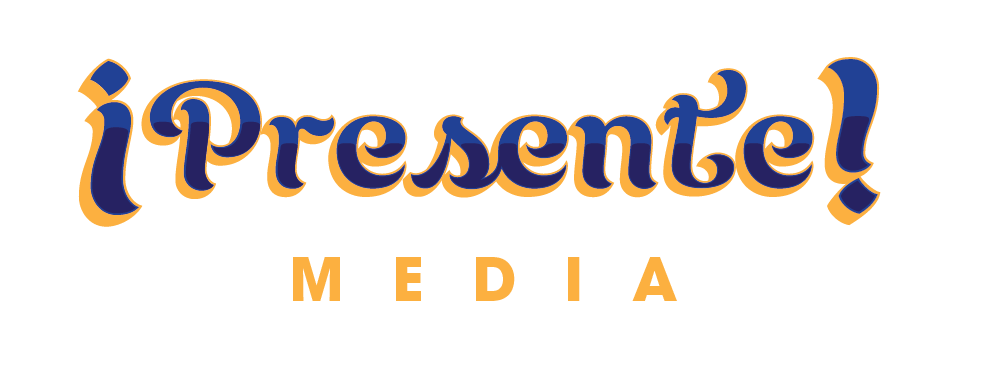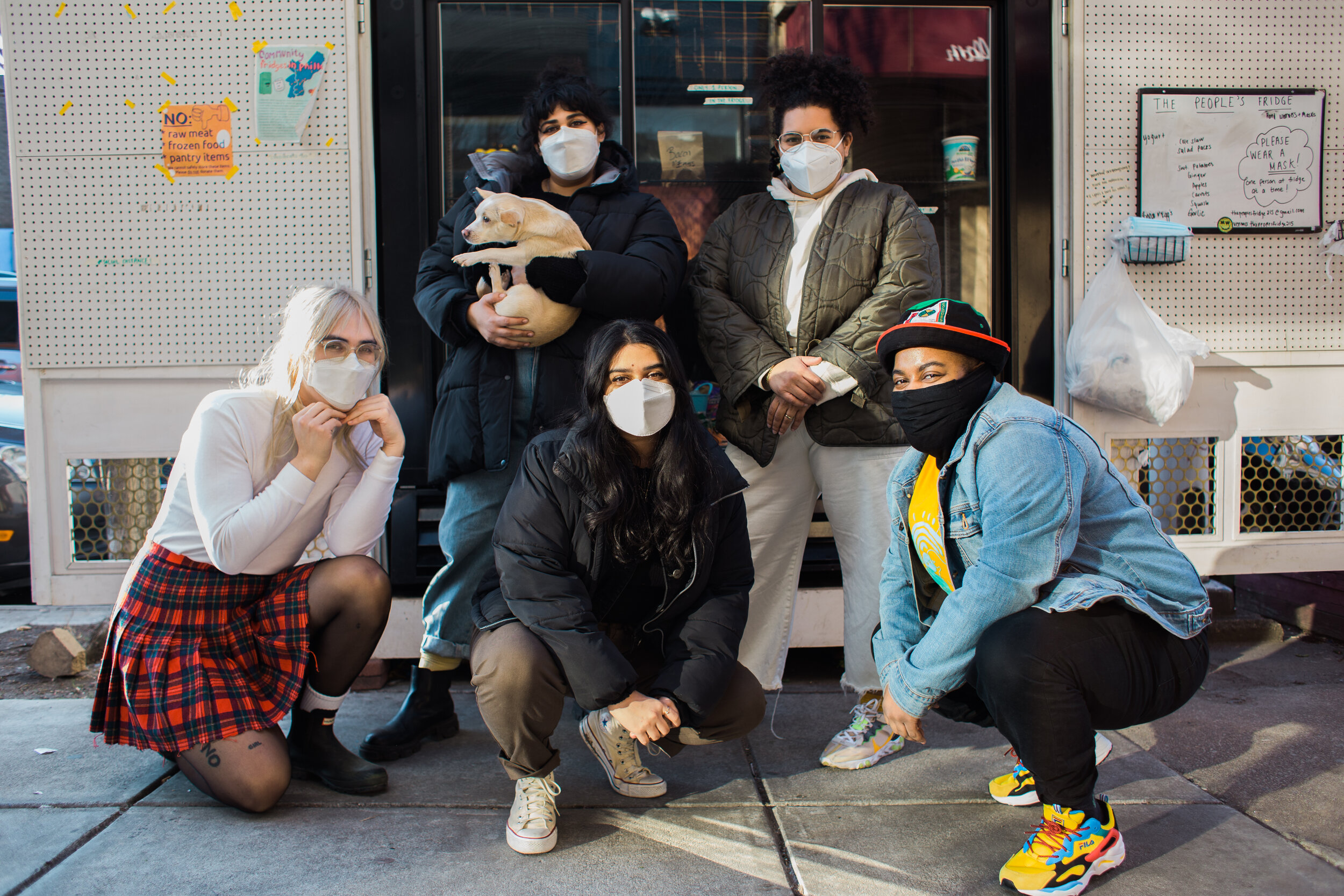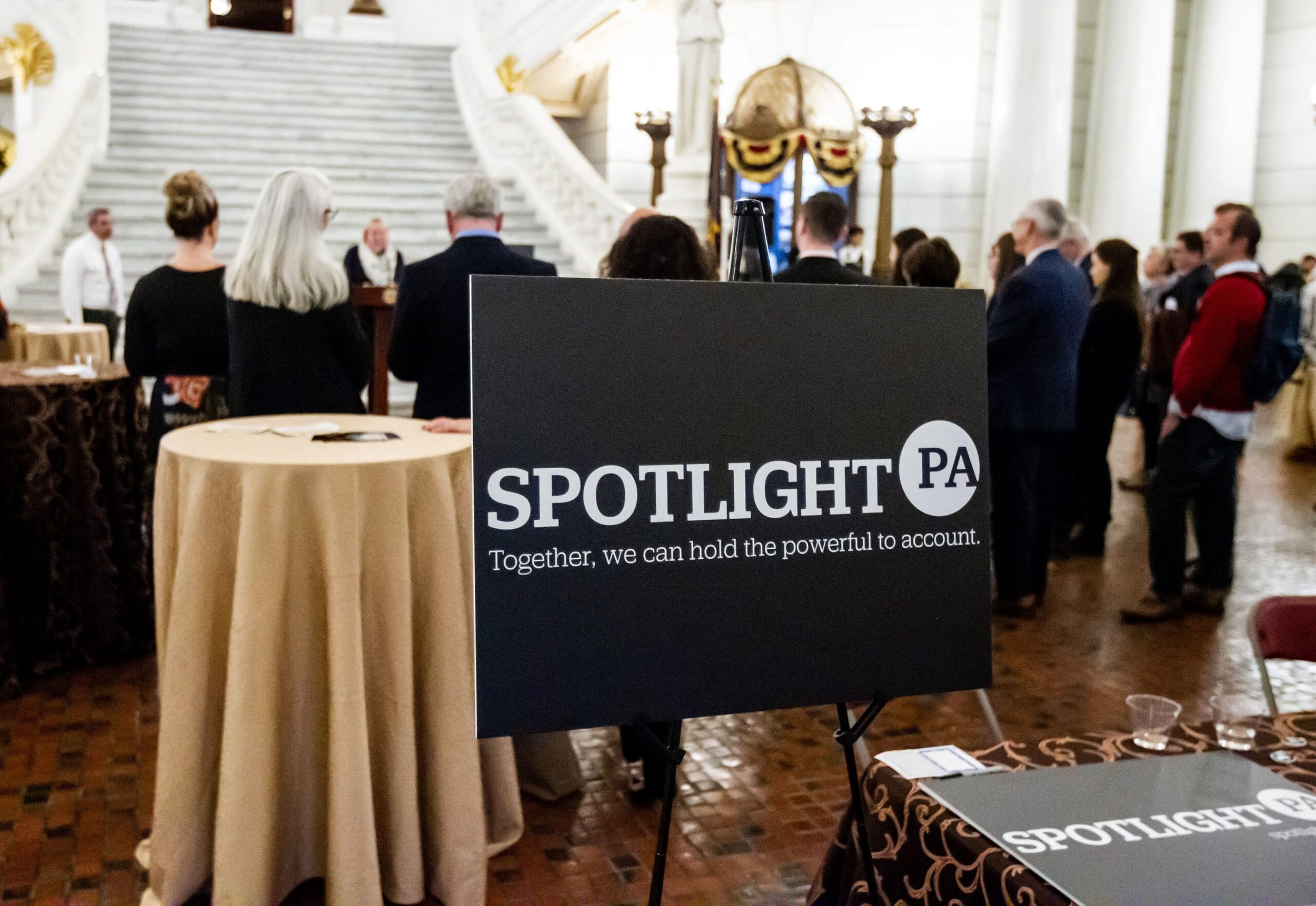Community fridges in Philadelphia reinforce a long standing tradition of mutual aid
BY LAURA ANAYA-MORGA & PHOTOS BY BECCA HAYDU ON JANUARY 21, 2021
Sisters Sonam (right) and Sonia (left) Parikh were inspired by their late father’s legacy of caring and giving back to others in their community to open up The People’s Fridge. This mutual aid project is part of a network of community fridges around the city. (Becca Haydu for ¡Presente! Media)
After losing their father to COVID-19, Sonia and Sonam Parikh were inspired by his legacy of caring and giving back to others in their community. In a year shaped by crisis, as the coronavirus pandemic swept across the United States leaving many struggling to make ends meet, the two sisters turned their grief into giving.
Last summer, the Parikh sisters joined in and were inspired by a growing network of mutual aid community fridges that began sprouting in Philadelphia and surrounding areas as a result of the COVID-19 pandemic. The principle of The People’s Fridge and others like it is simple — give what you can and take what you need. “My sister and I both feel that food is a human right and that's something that people deserve to have,” stated Sonia Parikh.
Every week the fridge is stocked with fresh fruits and vegetables, community members are free to take what they need and leave donations. (Becca Haydu for ¡Presente! Media)
Community fridges are often maintained by volunteers, stocked with contributions from community members, local grocery stores, food pantries and hosted by local businesses that connect the fridges to a source of electricity. In the case of The People’s Fridge, they have worked with the local organizations Bunny Hop, Food Not Bombs, Homies Helping Homies, Frontline Foods, Riverwards Produce and Sharing Excess. Sonam’s cafe, Mina’s World, has been a key component in maintaining the fridge and keeping it running; the cafe hosts the fridge in front of their establishment and donates all leftover food at the end of the night.
Parikh emphasized that her team’s efforts are a form of mutual aid and not a charity.
Parikh emphasized that her team’s efforts are a form of mutual aid and not a charity. The difference being that mutual aid emphasizes networks of solidarity among community members alike and is often a form of political participation to help one another when existing systems are not adequate.
The long standing history of mutual aid in Philadelphia
Mutual aid has a long standing history in the U.S. dating back to the late 1700’s when Philadelphia became home to The Free African Society (FAS). Formed by Richard Allen and Absalom Jones in 1787, FAS was a mutual aid and religious organization dedicated to providing assistance to sick, widowed and orphaned members of Philadelphia’s Black community. The Society charged their members a monthly fee and was able to provide loans and other financial resources that were not available to free Black Americans at the time. Perhaps the Society’s most famous contribution is the aid they provided to Philadelphia at-large during the 1793 yellow fever epidemic that killed 5,000 people, caused half of the city’s population to flee and left many sick and dying. The city’s leading physician. Dr. Benjamin Rush, falsely believed that Black people in Philadelphia were immune to the disease due to biological differences based on race.
“It was our duty to do all the good we could to our suffering fellow mortals,” wrote Jones in a pamphlet titled A narrative of the proceedings of the Black People, during the late awful calamity in Philadelphia, published in 1794. The pair highlighted prominent members of the Black community who selflessly provided aid to others and also gave testimonies of the sick who were being helped. The pamphlet served as evidence of the aid they were providing after publisher Mathew Carey published his own recount of the epidemic and accused members of the FAS of profiting off of the epidemic and stealing from the homes of the sick. The effort cost many members their lives but they continued their work of helping the community for many years to come and it served as the catalyst for the creation of hundreds of Black mutual aid societies during the early 1800’s.
Outreach through the screen
Social media has been a fundamental factor in finding volunteers and providing outreach to community members in need of food. When Syona Arora found time on her hands after being laid off from her previous job due to COVID-19, she had no idea the impact that starting South Philadelphia Community Fridge would have. Now, she uses Instagram to communicate guidelines for the fridge, inform others on what foods are most needed at the time and to find volunteers to grow her team while also spreading flyers and talking to residents nearby who may not be on social media. Arora has since opened up two locations in South Philly that have been kept up by herself and her team of volunteers.
Community fridges across the country have used social media to find volunteers. As a result, they have created small communities that are working together to provide aid to their city. (Becca Haydu for ¡Presente! Media)
Arora is in constant contact with organizers across the country and surrounding areas such as New York City, Baltimore and Detroit who have similarly started their own community fridges. She notes that in their group chats they share resources they have found to be helpful and are often providing assistance to other organizers who have been inspired to open a fridge in their own neighborhood. “There's no template for it, so the way that we all share information is really the biggest resource we have,” said Arora.
Parikh and Arora have similar goals for 2021, to keep the fridges running and as self-sufficient as possible. They both emphasized that providing donations is the most helpful way to do so.
The People’s Fridge was recently approved to open a food pantry in Malcolm X Park and the Philadelphia Community Fridges has been working to open more fridges in Point Breeze and south of Snyder Ave. “Opening a fridge might seem daunting, but they're really great resources that are really valuable and beneficial,” said Arora. “Truly anyone would be able to do that in their own neighborhood.”
Find a fridge near you
Mina’s World Cafe: 511 S. 52nd St. Philadelphia, PA
South Philadelphia Community Fridge
1229 S. 6th St. Philadelphia, PA
1901 S. 9th St. Philadelphia, PA
20 W. Armat St. Philadelphia, PA
19 E. High St. Philadelphia, PA
Ambassador: 635 W. Girard Ave. Philadelphia, PA
Franny Lou's Porch: 2400 Coral St. Philadelphia, PA
Triple Bottom Brewing: 915 Spring Garden St. Philadelphia, PA
Spot Burger: 2821 W. Girard Ave. Philadelphia, PA
312 N 39th St. Philadelphia, PA
Castellino's: 1255 E. Palmer St. Philadelphia, PA
1444 S. Broad St. Philadelphia, PA
3507 Midvale Ave. Philadelphia, PA
57 Rose Ave. Philadelphia, PA
214 Delaware Avenue Jersey City, NJ
For those looking to donate food or funds, visit each organizations’ websites or Instagram accounts for more information on specific guidelines and items that each fridge accepts.













